
CineAlta Venice and the Latest from Sony
Lots of new camera solutions from Sony, including the Sony Venice, a full-frame giant sitting atop their popular CineAlta line.
With their latest camera model, the Sony HXC-FB80, promised for delivery in the first quarter of 2018, the company is continuing their roll of notable camera releases.
Promising “emotion in every frame,” they updated the historic Sony CineAlta line of motion picture cameras recently with a new flagship model, the full-frame Sony Venice:

Unveiled on the Sony Pictures Studio lot in Culver City with a short film shot by Claudio Miranda, ASC — The Dig, written and directed by frequent collaborator Joseph Kosinski (Tron Legacy, Oblivion, Only the Brave) — the duo used a prototype Sony CineAlta Venice for the production:
“It was nice to actually shoot full-frame anamorphic,” said Miranda during a Sony meet and greet just prior to the screening. “We used a 4:3 anamorphic on this. We shot the whole piece and ended up in 2.66, not 2.4, as originally intended, because we ended up loving the landscape… Also, we were looking at skin tone, and color, and it didn’t feel artificial, or pushed. When it gets low in the shadows, it didn’t dive into red. I really appreciated that.”
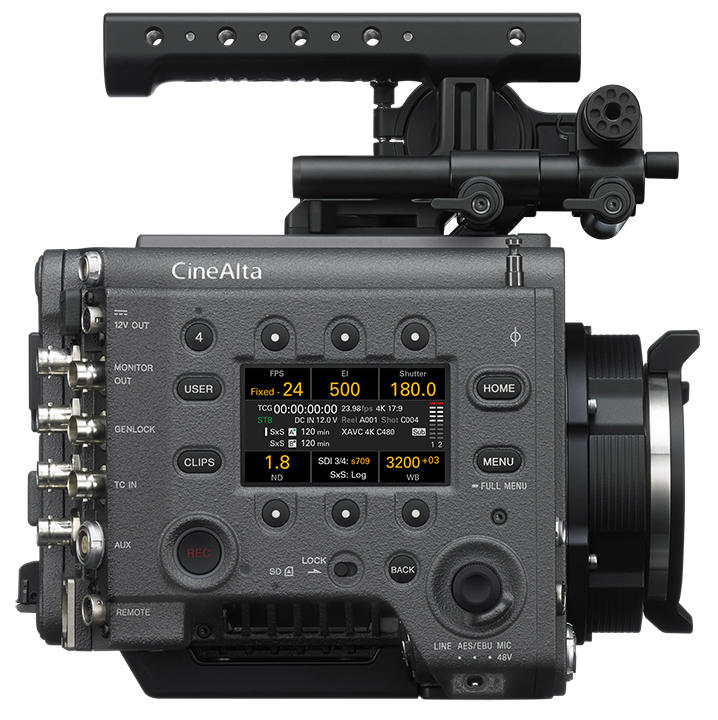
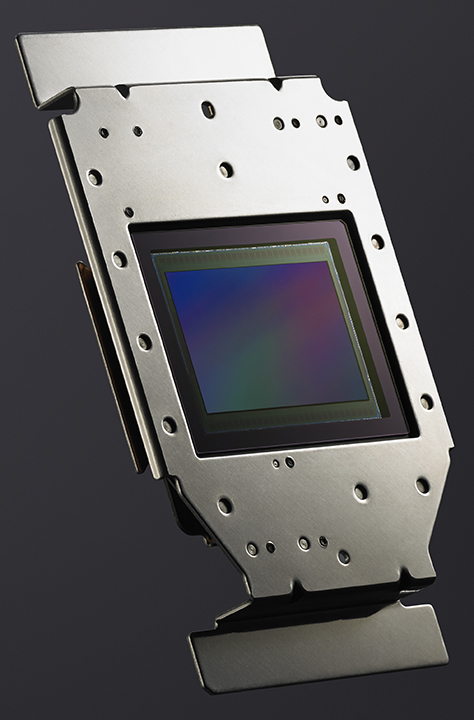
With separate software licensing for anamorphic and full-frame capabilities each, the CineAlta Venice comes equipped for Super35 at 4K in 17:9 and 3.8K in 16:9. Adding anamorphic capabilities, the full-frame CMOS sensor is planned to support up to 6048 x 4032 resolution via a firmware update, and thanks to the 36 x 24mm sensor, the Sony CineAlta Venice can employ lenses covering up to 65mm large format.
The PL lens mount supports Cooke’s /i Technology metadata protocol, and as it is a Sony model, the camera will also be compatible with Sony E-mount lenses. Sony concurrently released the DVF-EL200 1920 x 1080 tool-free OLED viewfinder with brightness, peaking, and contrast. Claiming more than 15 stops of latitude, Sony also says that the camera is HDR-capable at the BT.2020 color space, surpassing DCI-P3.
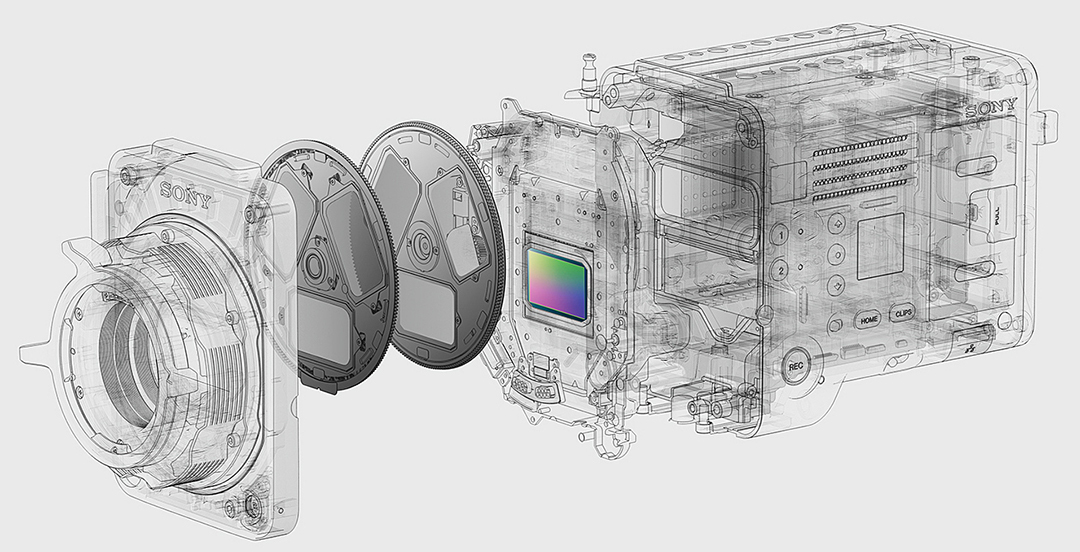
With steps of 0.3, 0.6, 0.9, 1.2, 1.5. 1.8, 2.1, and 2.4, the camera has eight stops of servo-controlled internal ND filtration, an obvious advantage in exterior locations. The Dig, for example, was shot on desert locations to test extreme brightness/contrast ranges (as well as heat capabilities) of the Venice. Sony is actively pursuing the drone and remote-control markets, as there are plentiful ins and outs as well as powering options.
Offering 16-bit X-OCN raw files, which stands for ‘Extended tonal range Original Camera Negative,’ full resolution capabilities are unlocked through the Sony AXS-R7 recorder and Sony AXSM cards. Redundancy includes XAVC, ProRes or MPEG HD in 4K to SxS cards during 6K capture. XAVC is Sony’s 10-bit H.264/AVC intra-frame codec, and the Venice sports the top-shelf XAVC Class480 with the highest bit rate available.
For portability, Sony’s new HXC-FB80 shoulder-mount camera, which recently bowed at NAB New York, has 4K and HDR plus live production possibilities. Announced concurrently, the HXCU-FB80 camera control unit is a 12G-SDI and quad link 3G-SDI system that will upscale HD to 3840 x 2160. The HXC-FB80 houses 3G-SDI, Servo ND filter, and networking with Sony’s MCS camera control protocol, which is compatible with up to 24 cameras.

On the handheld side, Sony also added phase-detection autofocusing to their prosumer lines for the first time with three HDR-capable 4K cameras, each offering stacked 1.0” Exmor RS CMOS sensor, dual XLR, OLED viewfinder (2,359k dots), and a 3.5” LCD screen (1,555k dots). An Hybrid Log-Gamma (HLG) as well as Instant HDR Workflow mode are provided for automatic HDR right out of each camera.
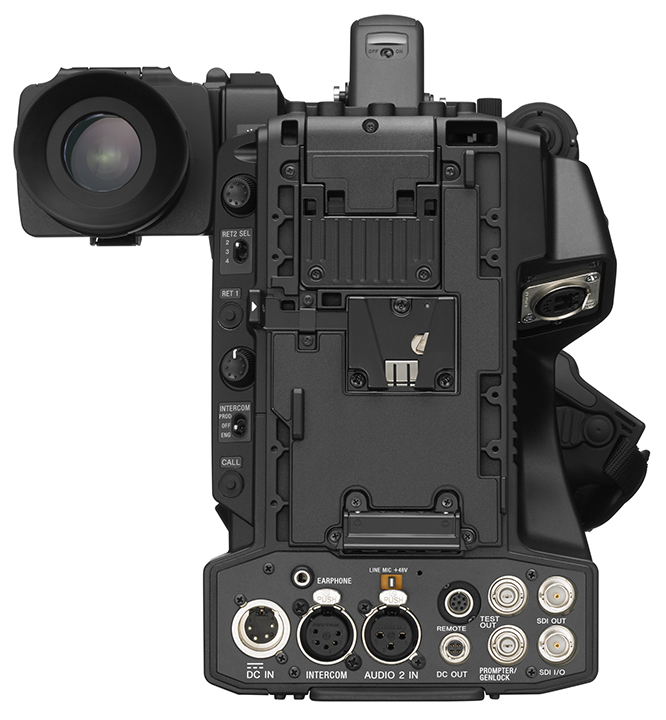
The optional Sony MCX-500 live production hub make them capable of multiple-camera operations. At $2,799, the PXW-Z90 camera tops off the line with 3G-SDI for MPEG2HD as well as XAVC L format at 4:2:2 10 bit (HD) and 4:2:0 8 bit (QFHD). The other two provide XAVC S codec.
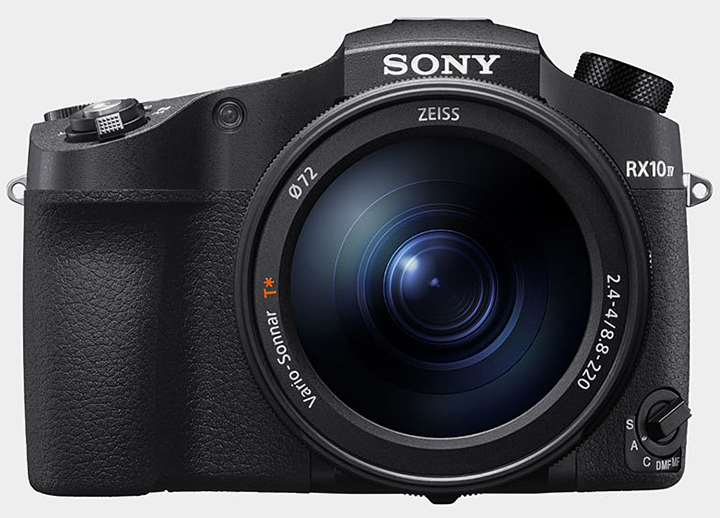
On the lower end of the cost spectrum, Sony also introduced the DCS-RX10 IV this past September. At $1,700, the RX10 IV, flagship to the RX line of mirrorless still cameras, offers up to 24 fps continuous stills bursting with full autofocus and autoexposure tracking. During QHD video capture, the 1.0” 20.1 megapixel Exmor RS CMOS sensor has a full pixel readout from the resolution of 5472 x 3648, without any pixel binning, which can waste precious photons during light transmission, and therefore image quality. With S-Log3/S-Gamut3, gamma assist, proxy, timecode, and more, XAVC S is available in 24p or 30p at up to 100 Mbps in 4K, with up to 120p available in HD in addition to several Super Slow Motion frame rates.
Find out more at Sony Professional.






